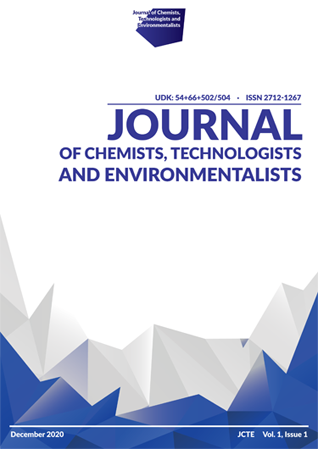Material flow management of construction waste: case study Jablanica district, Serbia
DOI:
https://doi.org/10.7251/JCTE2102028EAbstract
The paper analyses the current situation and perspectives of construction waste management in the territory of Jablanica district, Serbia. Considering the importance of construction waste management for the ecosystem, the state and perspectives are assessed through the assessment of the possibilities of reuse and recycling. According to Rulebook on waste categories with catalogue in Serbia, construction waste found at the landfill Donja Jajina is classified and observed in this research. Based on a six-month daily monitoring of the material flow of construction waste at the landfill in Dona Jajina, the current estimated state of the amount of waste as well as further growth of waste at the landfill is presented. Using MATLAB simulation code, predictions for the next 15 years are obtained, and conclusions are made. At the moment, concrete, brick, asphalt, as well as other construction waste are being buried at the landfill in Donja Jajina, and no further waste treatment is being done. The landfill has a lot of material that could be further used and put into use. It is necessary to build a stationary recycling plant on the landfill itself that would produce recycled aggregates and thereby reduce the use of natural aggregates.
